Author: Zen Trenholm
-
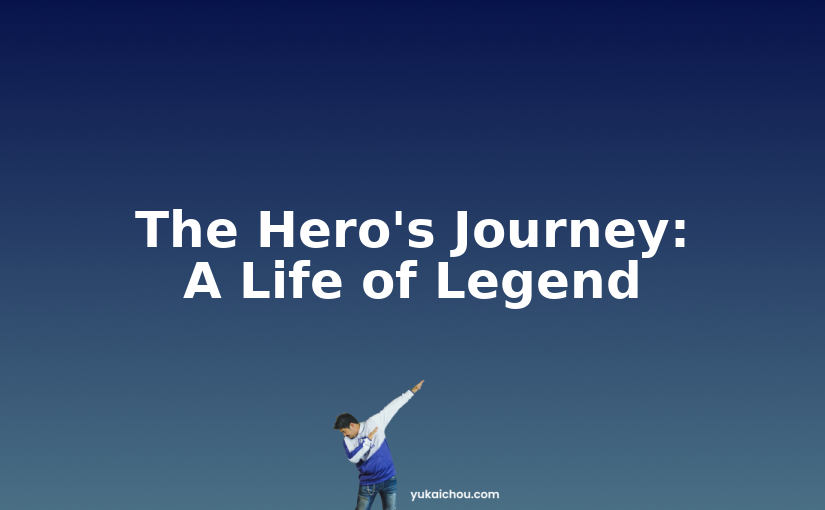
The Hero’s Journey: A Life of Legend
A LIFE OF LEGEND: HOW THE HERO’S JOURNEY CHANGES EVERYTHING Written by Timothy Barber Have something to share about gamification? Become a guest author on my blog! Please write to me if you’re interested. You know you’ve thought about it. We all have. You imagine some ne’er-do-well purse-snatcher creeping up behind an unsuspecting woman, and sprinting away with ill-begotten…
-
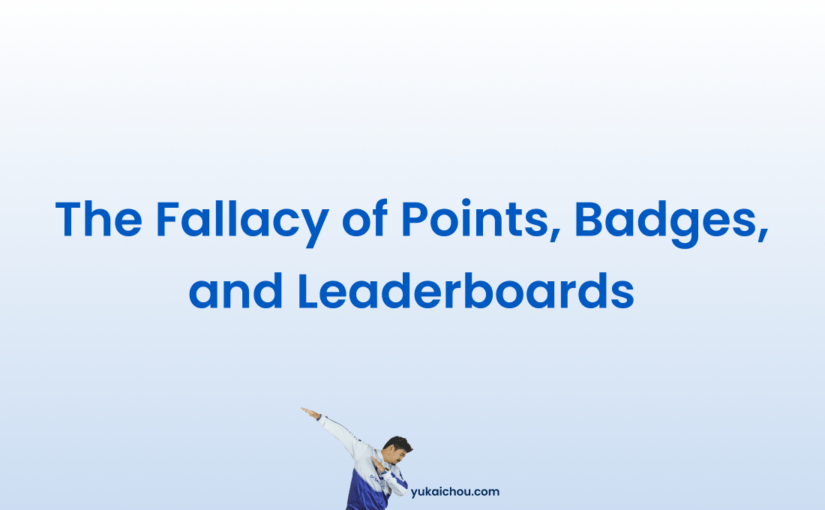
Points, Badges, and Leaderboards: The Gamification Fallacy
(Below is a snippet of Gamification Book: Actionable Gamification – Beyond Points, Badges, and Leaderboards. If you like this blog post, you will LOVE the book) A Story about Social Media The landscape of gamification development must be understood in historical context to see why gamification mechanics themselves don’t ultimately lead to good design. Let’s…
-

An Octalysis Analysis of WhatsApp
How “WhatsApp” says “What’s Up” to Octalysis Core Drives! Written by Mayur Kapur Have something to share about gamification? Become a guest author on my blog! Please write to zen@yukaichou.com if you’re interested. WhatsApp is the world’s most popular Instant Messaging (IM) App, with 600 million users globally (as of September 2014). In addition to text messaging, users…
-
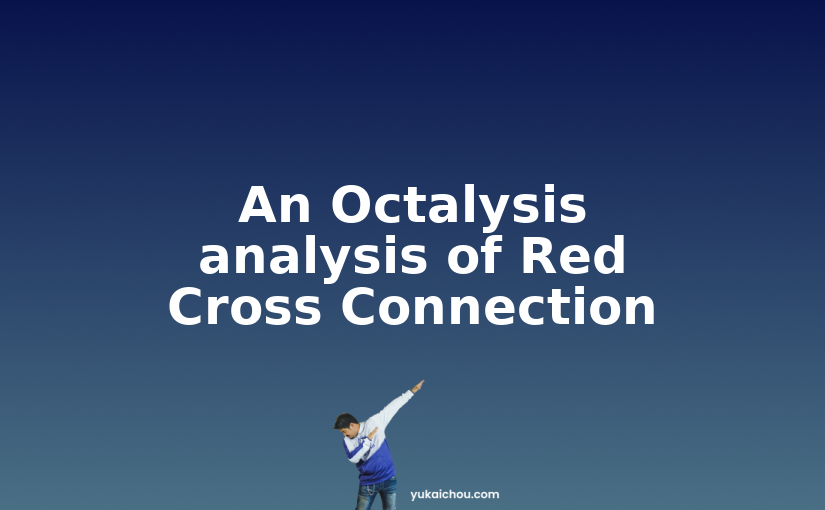
An Octalysis analysis of Red Cross Connection
Written by Bianca Gelli Have something to share about gamification? Become a guest author on my blog! Please write to zen@yukaichou.com if you’re interested. I was thrilled when Yu-kai invited me to publish my Level 1 Octalysis Certificate submission so it is with great pleasure that I share my analysis of the Red Cross Connection gamified campaign. Red…
-
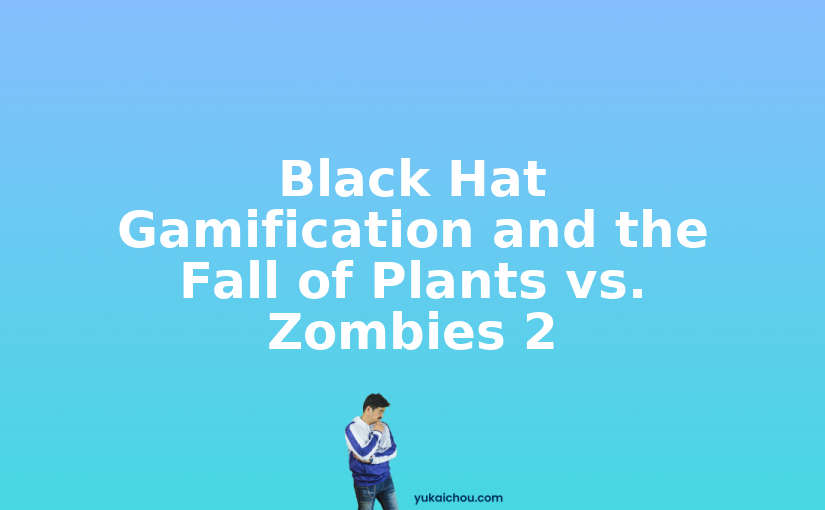
Black Hat Gamification and the Fall of Plants vs. Zombies 2
Why Plants vs. Zombies 2 Failed to Engage Gamers Motivation Matters: An Insightful Lesson in Game Development from the Plants vs. Zombies Franchise Author Bio This interview was conducted by Clark Buckner from TechnologyAdvice.com (they provide coverage content on gamifying sales programs, customer loyalty solutions, employee engagement platforms and much more). Also, be sure to…
-
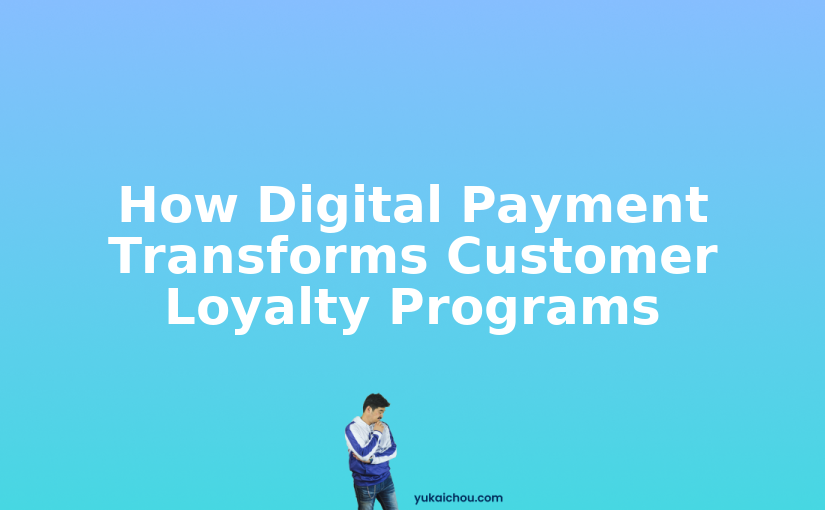
How Digital Payment Transforms Customer Loyalty Programs
A Guest Post by TechnologyAdvice.com At the Intersection of Loyalty, Digital Payments, and Mobile Apps Barry Kirk and Ashley Tate, VP of Loyalty Strategy for Maritz Motivation Solutions and Director of Marketing for BigDoor, respectively, were interviewed by Clark Buckner, podcast host for TechnologyAdvice. In this interview summary excerpt, Kirk and Tate discussed digital payment options…
-
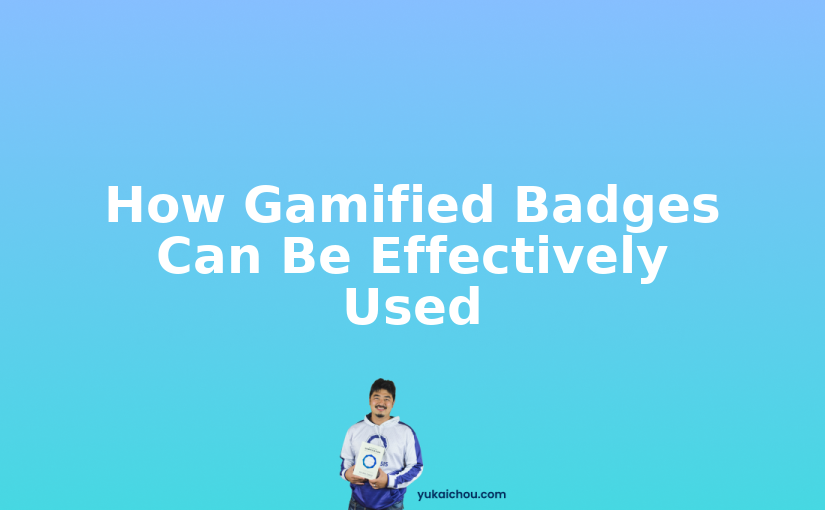
How Gamified Badges Can Be Effectively Used
A Guest Post by TechnologyAdvice.com In this first installment of our Business Technology Whiteboard video series, you’ll learn: How gamification can inevitably lead to increases in employee engagement What differentiates true achievement from a meaningless badge Where gamified badges originated and how that has influenced their meaning today See current gamification trends in our beginner’s guide Codecademy has…